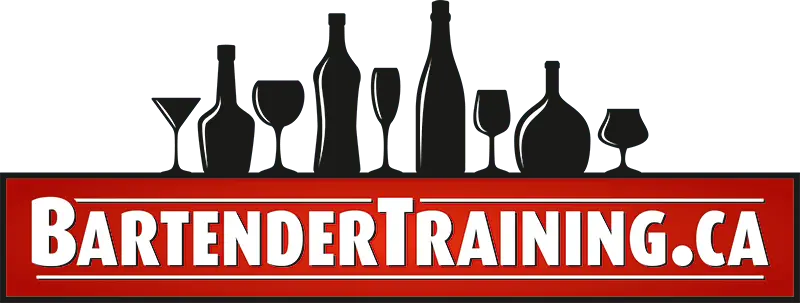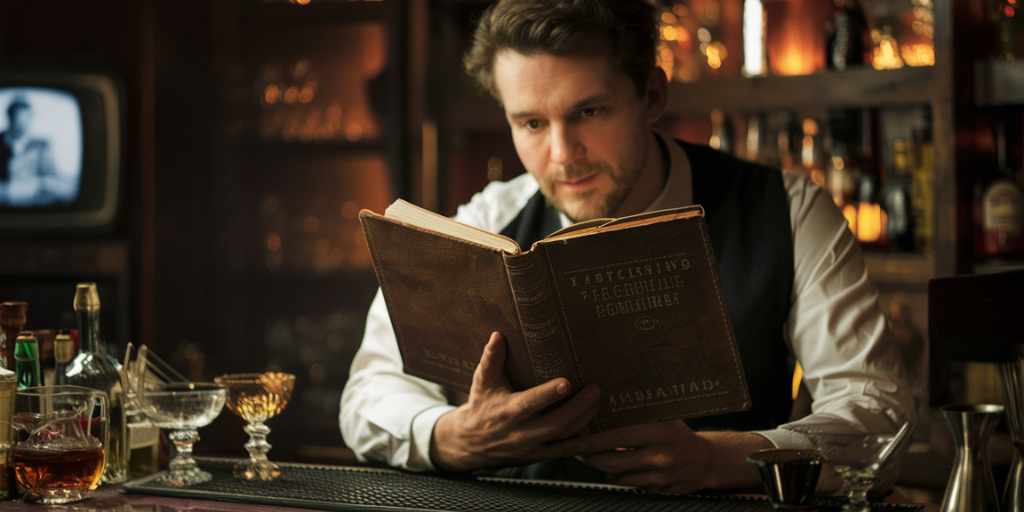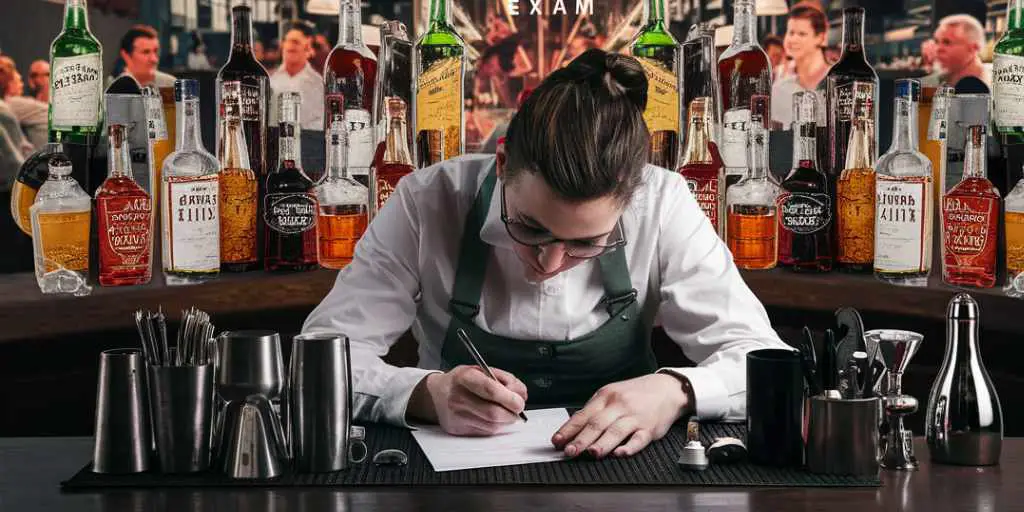Whether you’re a seasoned server or just starting out, understanding the basics of wine can elevate your service and impress your customers. This comprehensive guide will provide basic wine knowledge for servers as a foundation to navigate the world of wine confidently.
Key Takeaways:
- Understanding the world of wine is a complex and rewarding journey. It not only enhances personal enjoyment but can also add depth to your dining experiences.
- The diversity of wine types, from red to white, sparkling to fortified, offers an array of flavours and experiences to explore.
- Learning how to taste wine properly—observing the colour, swirling to release aromas, smelling, and finally tasting—can significantly enhance your wine appreciation.
- Pairing wine with food is an art. The right pairing can elevate your meal, creating a symphony of flavours that complement each other.
- The quality of wine is influenced by many factors, including the type of grape, the region where it’s grown, and the wine-making process.
The Importance of Wine Knowledge for Servers
In the world of dining, wine is more than just a beverage—it’s an experience. Knowing how to navigate a wine list (and what those big wine bottles are called), understanding the basics of pairing, and mastering the art of service can set you apart as a server or new bartender.
Enhancing Customer Experience
A server who can confidently discuss wine options provides a memorable dining experience. When you can suggest a wine that perfectly complements a customer’s meal, they’re likely to leave feeling satisfied and well cared for.
Increasing Restaurant Sales
Beyond the immediate gratification of a satisfied customer, wine knowledge can significantly contribute to a restaurant’s bottom line. A well-informed suggestion can encourage customers to try more expensive bottles or additional glasses, thereby increasing sales.
Understanding Wine Basics
To provide excellent service and make informed recommendations, servers need to understand the basics of wine. This includes recognizing different types of wine, deciphering wine labels, and mastering the basics of wine tasting.
Types of Wine
Wine is a vast universe, but every server should be familiar with the basic types.
Red Wine: Known for its rich, dark colours ranging from light ruby to deep purple, red wine is made from black grapes. The colour comes from the skin of the grapes, which are left in contact with the juice during fermentation. Red wines are often described as more robust and full-bodied than their white counterparts.
Examples include Cabernet Sauvignon, Merlot, and Pinot Noir.
White Wine: Made from either white or black grapes, white wines are not left to ferment with the grape skins, resulting in a lighter, often golden colour. They are generally lighter in taste than red wines and can range from dry to sweet.
Examples include Chardonnay, Sauvignon Blanc, and Riesling.
Rosé Wine: Rosé, or blush wine, gets its pink colour from the short time the grape juice is left in contact with the skins of black grapes. Rosé wines can range from sweet to dry and are often enjoyed chilled.
Examples include Provence rosé and White Zinfandel.
Sparkling Wine: Known for its effervescence, sparkling wine undergoes a secondary fermentation process that traps carbon dioxide in the wine, creating bubbles.
Champagne is the most famous example, but other sparkling wines include Prosecco and Cava.
Dessert Wine: As the name suggests, dessert wines are sweet wines often served with dessert or as dessert themselves. They are typically made from very ripe grapes; some, like Port and Sherry, are fortified with additional alcohol.
Examples include Port, Sauternes, and Ice Wine (Eiswein).
Understanding Wine Labels
A wine label can confuse a novice, but once you understand its layout, it becomes a treasure trove of information.
Producer and Brand: This is the name of the winery or vineyard that produced the wine. Some labels might also include the name of the specific vineyard where the grapes were grown.
Vintage Year: The vintage year refers to the year the grapes were harvested. This can be important as the quality of wine can vary yearly based on weather conditions and other factors.
Region and Appellation: This tells you where the grapes were grown. The region can sometimes be a broad area (like California) but also a specific vineyard.
Grape Variety: This refers to the type of grape used to make the wine. Some wines are made from a single grape variety, while others are blends of several varieties.
Wine Tasting Basics
Learning to taste wine properly is an essential skill for any server.
Appearance: Before tasting, look at the wine. Its colour can give you clues about its age and grape variety.
Smell: Swirl the wine in the glass to release its aromas. Try to identify different scents—fruits, flowers, spices, etc. This can give you an idea of the wine’s character and complexity.
Taste: Take a small sip and let it cover your entire palate. Try to identify the wine’s main flavours, sweetness or dryness, acidity, and tannins (which can make the wine feel dry or astringent).
Conclusion: After swallowing, notice the aftertaste or “finish.” High-quality wines typically have a long and complex finish.
Pairing Wine with Food
The right wine can enhance a meal, and as a server, guiding your customers to the perfect pairing can make their dining experience unforgettable. This involves understanding the basic principles of pairing and providing examples of successful pairings.
Basic Pairing Rules
While pairing wine with food can be highly subjective, a few general rules can guide you.
Match the Weight: Light-bodied wines typically pair well with lighter foods, while full-bodied wines can stand up to heavier, more flavorful dishes. For example, a light Pinot Grigio might pair well with a delicate white fish, while a full-bodied Cabernet Sauvignon could stand up to a rich, hearty steak.
Consider the Dominant Flavors: It’s not just about pairing the wine with the meat or main component of the dish. Consider the sauces, spices, and dominant flavours. A spicy dish might pair well with a sweet wine that can balance the heat, while a tangy citrus sauce might need a high-acid wine like Sauvignon Blanc.
Balance Sweetness and Acidity: Sweet foods can make a wine seem less sweet and more acidic, so desserts often pair well with wines that are at least as sweet as the dish. Acidic foods, on the other hand, can make a wine seem less acidic and more rich and sweet.
Complement or Contrast: Some pairings work because the wine and food complement each other, like a creamy Chardonnay with a rich, buttery lobster. Others work because they contrast, like a crisp, acidic wine cutting through the richness of a creamy pasta.
Pairing Examples
Let’s explore a few classic wine and food pairings to get you started.
Sauvignon Blanc and Goat Cheese: The high acidity and citrus notes in Sauvignon Blanc cut through the richness of the cheese, while the grassy notes in the wine complement the tangy flavours in the cheese.
Pinot Noir and Salmon: Pinot Noir, a lighter red wine with high acidity, works well with the fatty, rich flavours of salmon. The wine’s red fruit flavours also complement the savoury taste of the fish.
Cabernet Sauvignon and Steak: The full-bodied, tannic nature of Cabernet Sauvignon stands up to the rich, fatty flavours of a well-marbled steak. The wine’s dark fruit flavours and the savoury char of the steak are a classic match.
Riesling and Spicy Asian Food: The sweetness of a semi-dry Riesling can balance the heat in spicy Asian dishes, while the high acidity and citrus flavours in the wine complement the complex flavours of the food.
Remember, these are just guidelines, and the best pairing is often a matter of personal preference. Encourage your customers to experiment and find their own perfect pairings.
Serving Wine: From Selection to Pour
Serving wine involves a specific set of skills and etiquette, and mastering these can help you stand out as a professional server. From assisting with selection to the actual pour, each step is an opportunity to enhance the customer’s dining experience.
Assisting with Selection
Helping a customer select a wine involves a balance of understanding their preferences and knowledge of your restaurant’s offerings. Start by asking about their taste preferences—do they prefer red or white, dry or sweet, light or full-bodied? If they’re planning to order food, you might suggest a wine that pairs well with their meal. If they’re unsure or open to suggestions, don’t hesitate to recommend a popular or personal favourite.
Proper Wine Service
Once a wine has been selected, how wine is served can greatly impact the customer’s overall experience.
Presenting the Bottle: Before opening the wine, present the bottle to the customer. This gives them a chance to confirm it’s the wine they ordered. Show the label to the person who ordered the wine, stating the name of the wine, the producer, and the vintage.
Opening the Bottle: The method of opening a bottle of wine can depend on the type of wine. For most wines, you’ll use a waiter’s corkscrew. Cut the foil under the lip of the bottle, then insert the corkscrew into the cork and pull it out gently. For sparkling wines, you’ll need to carefully remove the cage and cork to avoid any dangerous eruptions. Some wines (especially red) may be decanted.
Pouring the Wine: Pour a small amount of wine into the glass of the person who ordered the bottle. This is for them to taste and approve. Once approved, continue to pour for the rest of the table, ladies first, then gentlemen, and finally the person who ordered the wine. Pour slowly and steadily, and twist the bottle slightly as you finish pouring to prevent drips.
Wine Service Etiquette: Always handle the bottle with care and respect. Hold it by the base, and make sure the label always faces the customer when pouring. Check-in periodically to see if the bottle needs to be refilled—don’t wait for the glasses to be empty.
By mastering these steps, you can ensure your customers have a positive wine experience at your restaurant. Remember, the goal is not just to serve wine but to create an enjoyable and memorable experience for your customers.
Practical Tips for Improving Wine Knowledge
Becoming a wine expert doesn’t happen overnight, but there are some practical tips to help you continuously improve your wine knowledge. The world of wine is vast and ever-changing, so maintaining an attitude of curiosity and a willingness to learn is key.
Taste Different Wines: The best way to learn about wine is to taste as many different types as possible. Try wines from different regions, made from different grape varieties and in different styles. Pay attention to the characteristics of each wine—its appearance, aroma, taste, and finish—and try to identify what you like and don’t like about each one.
Read About Wine: There are many excellent books, magazines, and online resources about wine. These can help you learn about different wine regions, grape varieties, wine-making techniques, and more. Some reputable sources include Wine Spectator magazine, the books of wine writer Jancis Robinson, and online resources like Wine Folly and Decanter.
Attend Wine Tastings or Courses: Many wine shops and adult education centres offer wine tastings or courses. These can be a great way to taste a range of wines and learn in a structured setting. You’ll also have the opportunity to ask questions and learn from experts.
Learn From Others: If you work in a restaurant with a sommelier, take the opportunity to learn from them. You can also join a local wine club or online wine community to share recommendations and learn from other wine enthusiasts.
Practice Describing Wine: The ability to describe wine in a way that others can understand is a valuable skill for a server. Practice putting your observations into words, and don’t be afraid to use descriptive and imaginative language.
Stay Current: The world of wine is constantly evolving, with new trends, techniques, and regions gaining prominence. Stay current by following wine news and trying wines from emerging regions or producers.
Remember, becoming knowledgeable about wine is a journey, not a destination. There’s always more to learn, so keep exploring and tasting. Your enthusiasm and knowledge will enhance your customers’ dining experience and may even inspire them to embark on their own wine journeys.
Wrapping Up: The Server’s Wine Journey
With the right knowledge and dedication, you can enhance your service, create memorable dining experiences for your customers, and potentially increase sales for your restaurant. Remember, becoming a wine connoisseur is a journey that involves continuous learning and experience.
Frequently Asked Questions
Sulfites, what are they, and are they dangerous?
Sulfites are naturally occurring chemical compounds found in wine. Although to a varying degree, sulfites are found in all wine. They are the lowest in red wines, while sweet white wine has the highest sulfite content. They are not dangerous, though they rarely can cause a mild allergic reaction.
Does the quality of the wine glass make a difference?
That is going to largely depend on who you ask. Some experts claim that the shape of the wine glass matters, with smaller glasses tending to heighten the intensity while larger wine glasses encourage a more aromatic complexity.
Why aren’t all wines vegan?
Due to the ‘ fining ‘ process, many wines cannot be considered vegan or vegetarian. Some common fining agents are unacceptable for veganism or vegetarianism – such as milk protein, animal proteins, egg whites, and fish bladder protein.
Do all wines need to be decanted?
Decanting can enhance almost all wines, making them taste smoother and fruitier through the aeration process. Exposure to oxygen is particularly beneficial for younger wines with strong tannins, helping soften them. However, you should generally avoid decanting most sparkling wines. Although aeration might soften the initial burst of bubbles when you open a Champagne, it could also easily extinguish the bubbles completely.
Older red wines and vintage ports naturally produce sediment as they age (decanting helps ensure the wine in the glass is clear), traditionally the wines that benefit most from decanting.
So, while decanting can often enhance the wine-drinking experience, it’s not a requirement for all wines.
Remember to clean the decanter properly after you’ve decanted your wine.
How long does wine last once opened?
Generally, an opened bottle of wine lasts 5 to 7 days if stored in the fridge. As time passes, and as the wine oxidizes, subtle taste changes will occur. The fruitiness dissipates, and the vibrancy diminishes over time.
How should I store my wine?
Unopened bottles should be kept in a dry, dark place with low humidity and proper temperature. Bottles that have been opened can be stored in the refrigerator for up to a week.
What does “vintage” mean?
Vintage, with regards to wine, does not mean ‘old’. Vintage refers to the year the grapes were harvested – all the grapes in a vintage wine were mostly grown and harvested in the same year.
Is drinking wine good for you?
So long as it is in moderation, red wine actually offers several benefits, including protecting against heart disease and inflammation, lower cholesterol, and more antioxidants than white wine.
What’s the best wine?
That will always be a personal preference, and there is no right or wrong answer. The best wine is one that you enjoy.
What are “legs” in wine?
Legs in wine usually signify a high alcohol content or high sugar content. The “legs” are caused by alcohol evaporation, and as a result, droplets can be observed running down the sides of a wine glass.
What’s the best way to learn about wine?
There are many ways to experience and learn about different wines and how they are made—wineries, wine tastings, festivals, you name it. There is a whole wine culture to explore.
What is tannin?
Tannins are one group of phenolic compounds acquired from the grapes’ skin, seeds, and stems. They are a natural preservative and give the wine a dry feel, especially in the aftertaste of most red wines.
Do all wines get better with age?
As any wine goes through the ageing process, it triggers a complex chemical reaction among the acids, sugars, and substances known as phenolic compounds. These can alter the taste, aroma, and colour of the wine. Higher phenol levels in wine (certain types of Syrah, Nebbiolo) mean it will age well. Lower phenol-level wine will typically not age very well. A wine that ages extraordinarily, or those that are ‘built to age’, is incredibly rare.
Does Price Really Matter?
Although the quality is going to be higher for expensive wines, many of the grapes used in making these wines are from the same vineyard as those used to make cheaper varieties. They are sometimes crafted by the same winemaker as well. Generally, the higher the price tag, the more notable the aromas and the more vibrant the flavours.
What are the most important things to consider when pairing wine with food?
The foods need to match the wine in flavour intensity. Red wines pair well with bold flavours and meats, while white goes well with lighter meats such as chicken and/or fish.
Is it Bad to Drink Cheap Wine?
The taste isn’t likely to be very good. There are plenty of decently-priced options without getting into inferior territory. There’s affordable, and then there’s ‘you might as well be drinking cleaner’. Pay a couple of extra bucks, and you’ll thank yourself in the morning.





